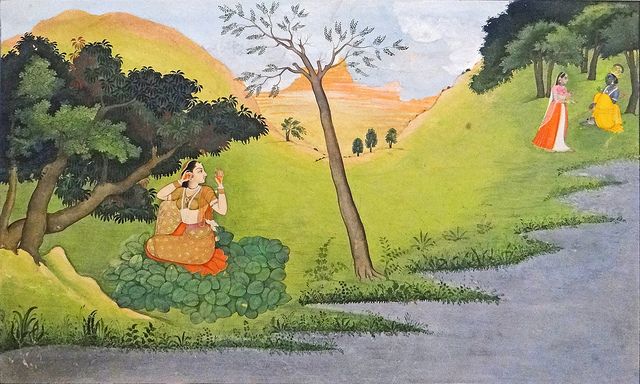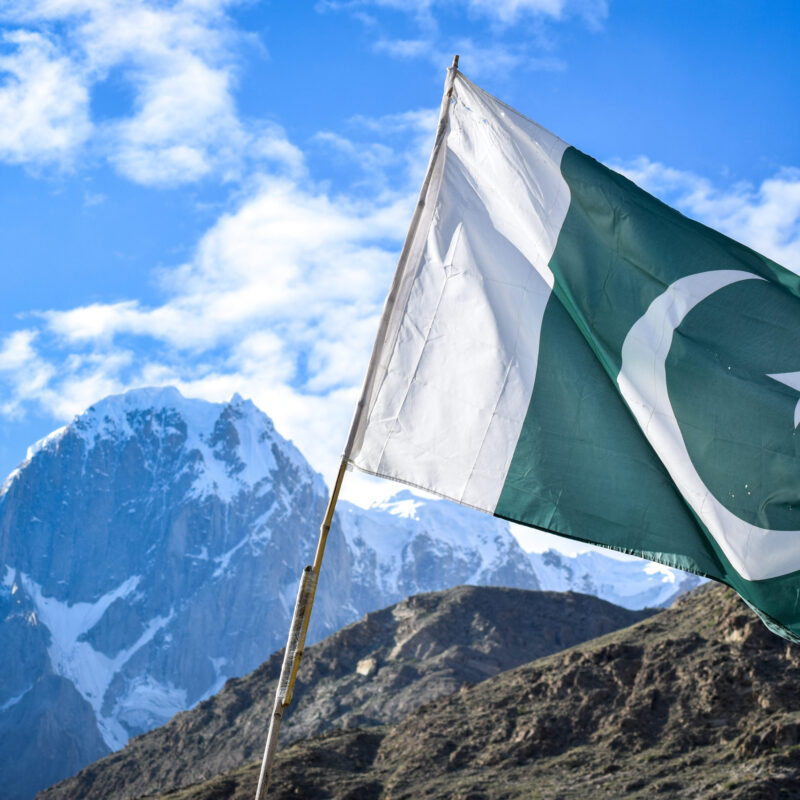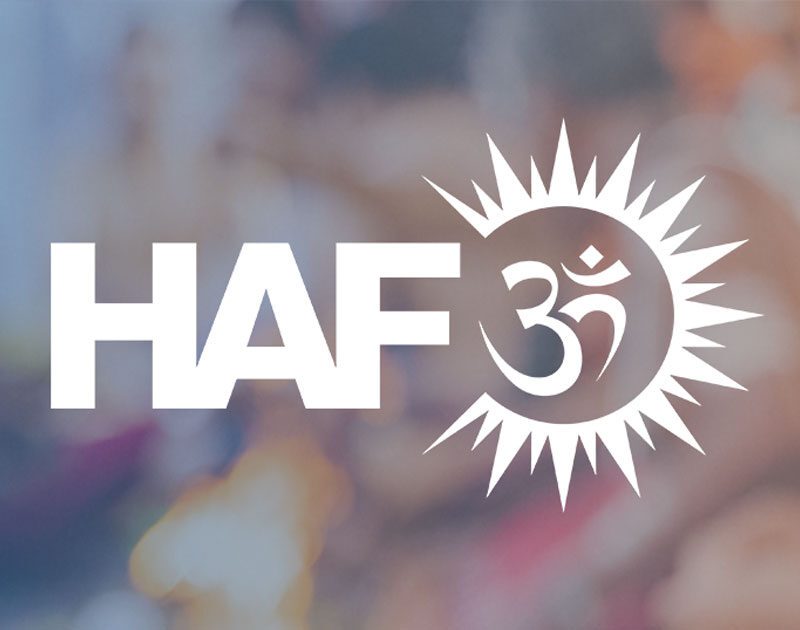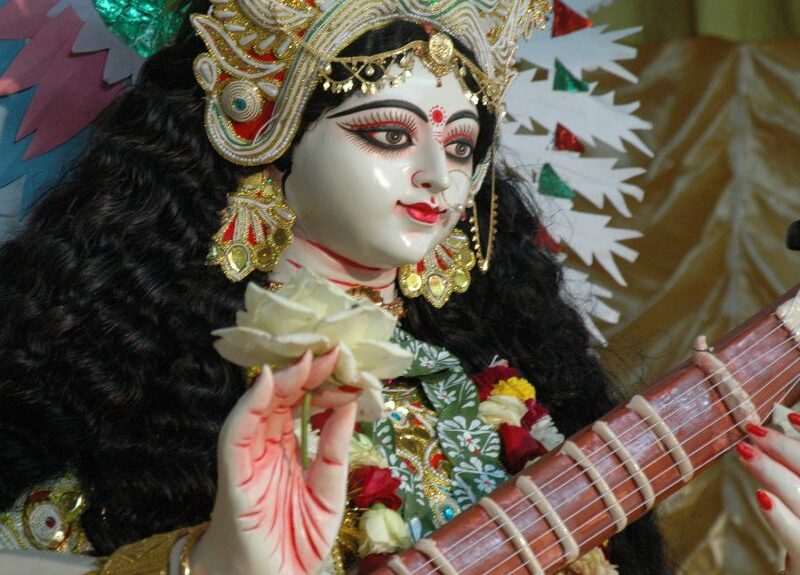
Like Lord Rāma has Sita and Lord Nārāyana has Lakshmi, Krishna also has Rādhā. Given that Krishna is believed by many to be the source of all manifestations of God, including Rāma and Nārāyana, Rādhā too is believed to be the source of all the feminine manifestation of divine energy. This makes Rādhā not only an embodiment of mercy and compassion, but also a powerful individual capable of protecting her loved ones at all cost.
For these reasons, Rādhā is worshipped all around India through devotional poetry, art, and various festivals. The most notable festival is Rādhā Ashtami, which commemorates the birth of the goddess fifteen days after the birth of Lord Krishna (Janmāshtami). During this occasion, special prayers are held in various temples, especially in North-East India. Some locations to visit include Mathura, Vrindavan and Barsana, the birthplace of the goddess. For US residents, ISKCON (International Society for Krishna Consciousness) temples also observe this festival with joy and celebration.
राधेत्येवं च संसिद्धौ राकारो दानवाचकः ।
स्वयं निर्वाणदात्री या सा राधा परिकिर्तिता ॥४॥
Rādhetyevam Ca Samsiddhau Rākāro Dāna-Vācakah |
Svayam Nirvāṇa-Dātri Yā Sā Rādhā Parikirtitā ||4||
Radha points towards liberation (moksha), The sound of her name is the embodiment of liberation (moksha)
She Who is proclaimed as the Giver of liberation (nirvāna) through devotion to Krishna








































